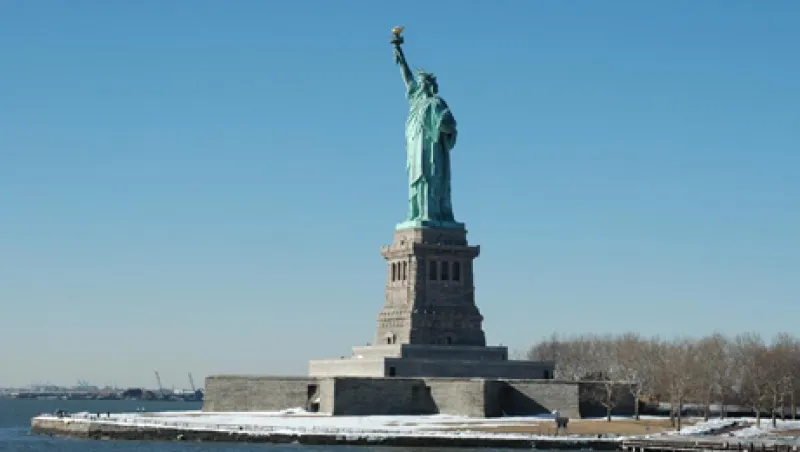
NYCRS, NYC Unions and Self-Harm
The plan to overhaul and modernize the governance and management of the New York City Retirement System died last week. NYCRS will thus keep its 58 trustees, 5 boards, 5 asset allocations, 5 consultants and more than 350 asset managers. This can’t end well…
Ashby Monk
July 19, 2012


